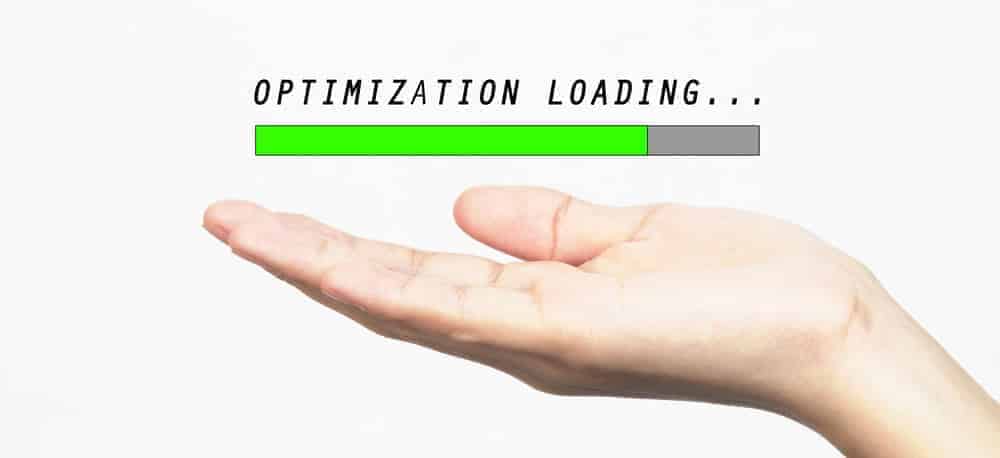Making the most of Hana: Five tips


Keeping pace with digital transformation brings many challenges for IT. The core system must run at top performance, all data must be available at the click of a mouse, and up-to-date reports must be accessible at all times.
In response to this challenge, SAP has developed the in-memory platform Hana. Simply installing it, however, does not remove all hurdles and does not meet all expectations.
In order to operate the system optimally and take advantage of all the benefits of in-memory technology, the platform should be continuously monitored in terms of performance and data growth. In the run-up to a Hana migration, a system analysis is critical to success.
SAP users can get the most out of their Hana investment with these five tips.
User behavior analysis
With Hana, SAP has also created fundamentally new architectures in ERP and BW. With S/4 Hana and BW/4, customers are not only switching to in-memory, but also to completely newly developed and Hana-optimized solutions.
As a result, established or adapted business processes must also adapt to the new possibilities. It is therefore very important to know which transactions, reports, queries, tables, abap coding, etc. are used by whom and when.
This is the only way to ensure that all important functions and processes are available as usual after a migration.
Top priority: data management
A continuous analysis in the running system shows which data is used most frequently and remains in the main memory and which, on the other hand, is used less frequently and can be stored in the archive or nearline storage.
In this way, storage space can be permanently saved and the speed is in line with expectations. In some cases, it turns out that reports or queries defined at the beginning of the Hana migration are used completely differently by customers or users at the end.
Keeping system growth in check
Sizing is critical to the success of the SAP Hana investment. Reliable data and good planning using predictive analytics help calculate data and system growth and decide on the licenses and hardware that fit the business.
However, these figures should be checked continuously, most easily with the help of a notification function that sounds the alarm as soon as the limit value for average growth is reached. In this way, it is possible to react in time to find the cause of the extraordinary data growth and take preventive measures.
Do not exceed memory utilization
If utilization for Hana memory exceeds 87 to 90 percent, the entire system could potentially be crippled. An IT operations analytics (ITOA) solution such as Datavard InsightsTM provides timely warning before critical thresholds are reached through continuous monitoring and alerting, avoiding downtime and performance bottlenecks.
Use Hadoop storage
Many SAP user companies choose the greenfield migration approach. However, they then have to continue to operate the old system to enable access to the documents and data stored there.
This is important for audits, for example. Against this backdrop, SAP Basis is becoming more and more interested in Hadoop. This is because it is significantly cheaper to move the data to a Hadoop cluster and archive it securely there.
Conclusion
Insights into operational aspects of the system are critical to success in order to make the right decisions and run SAP Hana highly efficiently. An IT operations analytics solution provides full insight into all critical operational IT aspects such as user behavior, data growth, storage usage or system performance.
Those who take these aspects into account also end up with the results that a high-performance technology like Hana promises.








